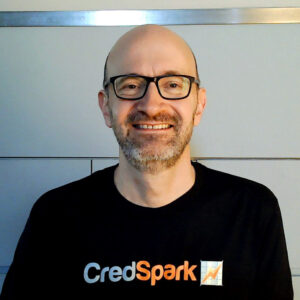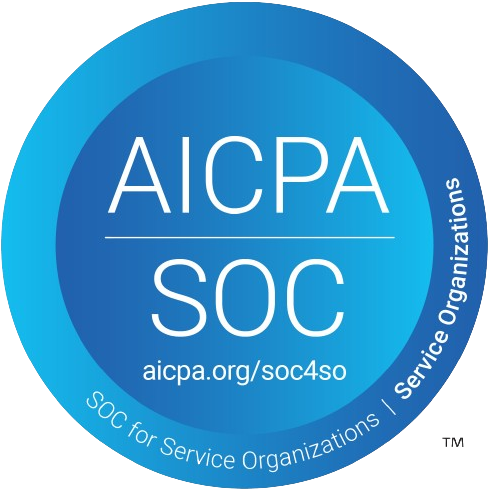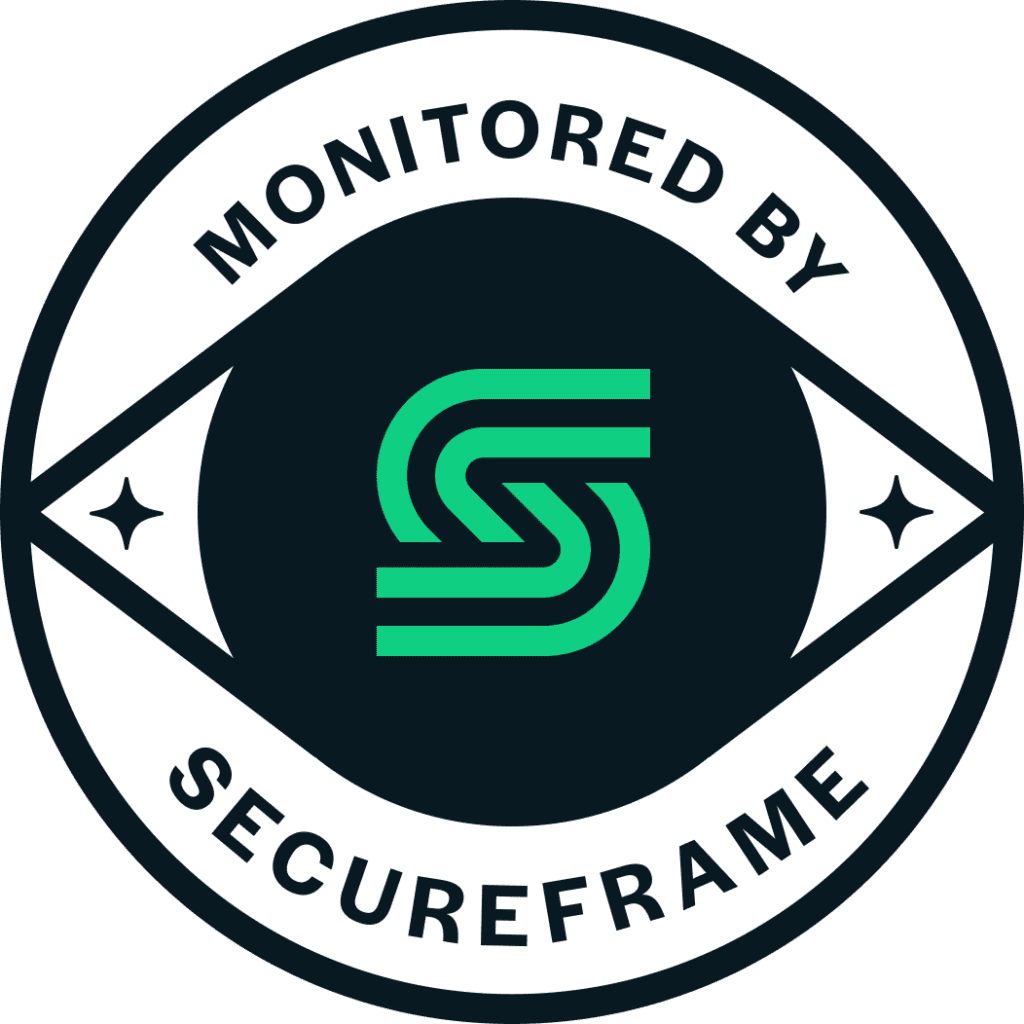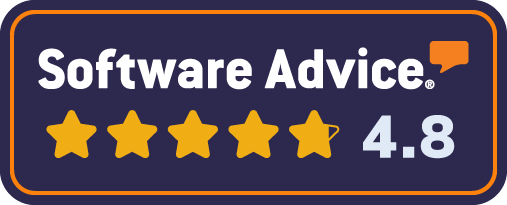At 9:02pm on a Tuesday in Louisville during a conference, five of us huddled around my phone and prepared for battle. We were vastly outnumbered – 1.2 million opponents and 20,000 more arriving every second – but we were excited nonetheless.
Some of you know why we were excited: HQ Trivia was about to begin.
For those who don’t, here’s a quick explanation: HQ Trivia is a real-time, massive trivia contest delivered via smartphone. It happens twice daily, at 3pm and 9pm Eastern. It typically draws over a million participants each time, and awards cash prizes from $2,500 to $50,000 to those who can answer anywhere from 12 to 15 multiple-choice trivia questions correctly. Participants get only 10 seconds to choose the correct answer. The questions are asked by a live host who speaks to the audience via video stream and keeps it fun and just original enough each day to be enjoyable.
I’ve been playing HQ semi-regularly since February, and it’s one of the most engaging digital experiences currently out there. AdWeek has covered HQ multiple times, and we think it has many lessons to offer media types and marketers. But let’s start by unpacking the HQ experience a bit:
HQ’s Five Essential Ingredients
First and foremost, HQ participants are being challenged. Your grandparents were right when they said challenges make you a better person. Large challenges—earning degrees, completing marathons and succeeding in a tough jobs—bring obvious benefits and help us grow. But small challenges can also bring benefits. Answering a progressively harder series of trivia questions on a vast range of topics is one of life’s smaller undertakings, but it’s still an opportunity to grow a little bit, to which a large number of people are naturally drawn.
Second, HQ is low-stakes. If you win, you’ll get your share of the prize money. If you’re among the 99.999% who don’t win, no one cares, and it’s only cost you about 10 minutes of the time you’d otherwise have wasted on social media. Low-stakes by itself doesn’t make HQ great – but it’s the combination of being challenged in a low-stakes way by answering questions. We’re not used to that in our daily lives, at least not after we complete our final year of school.
Which gets to HQ’s third ingredient: You’re learning something without even trying. I fancy myself pretty good at trivia; learning mostly-useless facts has been a hobby since my youth. However, when I miss an HQ question, it’s always a learning opportunity. For example, I learned that brunoise is a type of culinary knife cut (somewhere between cubing and small dicing, I gather) and I’ve now added my inability to brunoise carrots to my long list of excuses for not cooking. It’s always good to be aware of your knowledge gaps; and getting questions wrong is an efficient way to uncover those gaps.
Fourth, HQ makes you feel part of a community—like you’re in on something. (Reminds me of how I felt about Facebook in 2007.) The hosts cultivate this by calling participants ‘HQties’, by giving specific shout-outs to certain screen names and by streaming a blur of participants’ real-time posts at the bottom of the screen (Millennials may find the chat stream less annoying than I do, but I appreciate HQ’s attempt at community.)
Fifth, and most viscerally, HQ rewards collaboration. I suspect most HQ players compete independently, but there’s no reason you can’t play in teams, as I’ve done with my family on more than one occasion. On that night in Louisville, the five of us – CredSpark’s marketing chief, 3 clients and I – got pretty far. We answered 7 questions correctly, which meant that out of the 1.4 million who’d logged in to play we were among 22,000 players who hadn’t been eliminated (Far from victory? Sure. But we’d beaten 98.5% of participants.) A big reason was collaboration – having five people aged 35-50 with various college majors and hobbies meant that one of us knew the answer (until question 8, when none of us did.)
Lessons from HQ Trivia
With the HQ phenomenon, as in all walks of life, it’s good to ask “What can we learn from this?” I think there are a few key lessons:
- Ask Questions. I continue to be shocked at how few questions are asked of audiences. HQ’s rapid rise is only the latest evidence of a universal truth: When asked in an interesting/engaging way, people like answering questions, about the world or about themselves. Asking questions yields data. Data yields insights about people, individually and collectively. And for media businesses and marketers, insights can drive revenue.
- Provide Feedback. With HQ, you quickly get feedback and results. If you get a question right or wrong, you’ll know it quickly. You either proceed, or you don’t, but there’s no delay in either case.
- Edify Your Audience. Lest you need reminding, the vast majority of digital content is useless garbage that does nothing for us – ‘empty calories’ for our brains. But you don’t have to enlarge the garbage dump. You can actually make your audience a little bit smarter each time they engage with you, like HQ does.
Bottom Line: You don’t need to take HQ’s exact approach in order to succeed. You can leverage the power of sophisticated interactive content platforms to develop content and experiences to meet the needs of your audience, budget and business model. But since HQ has captured audience engagement lightning in a bottle, it’s worth your taking a long look inside.






